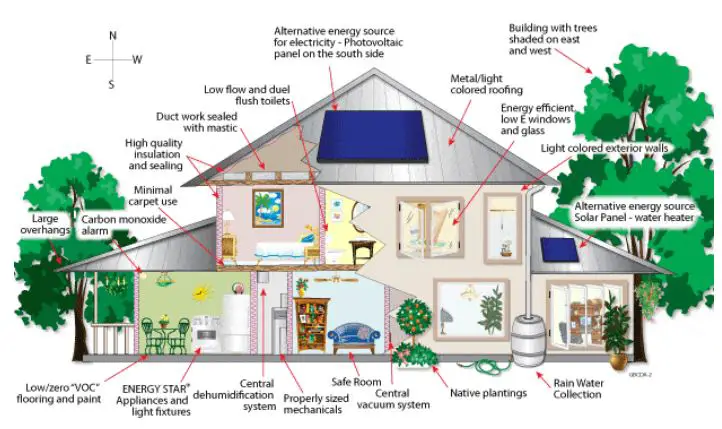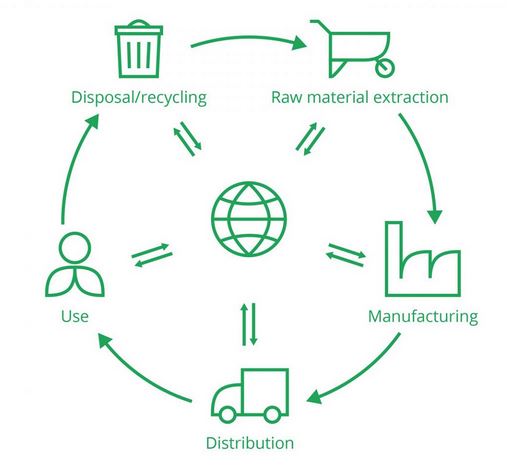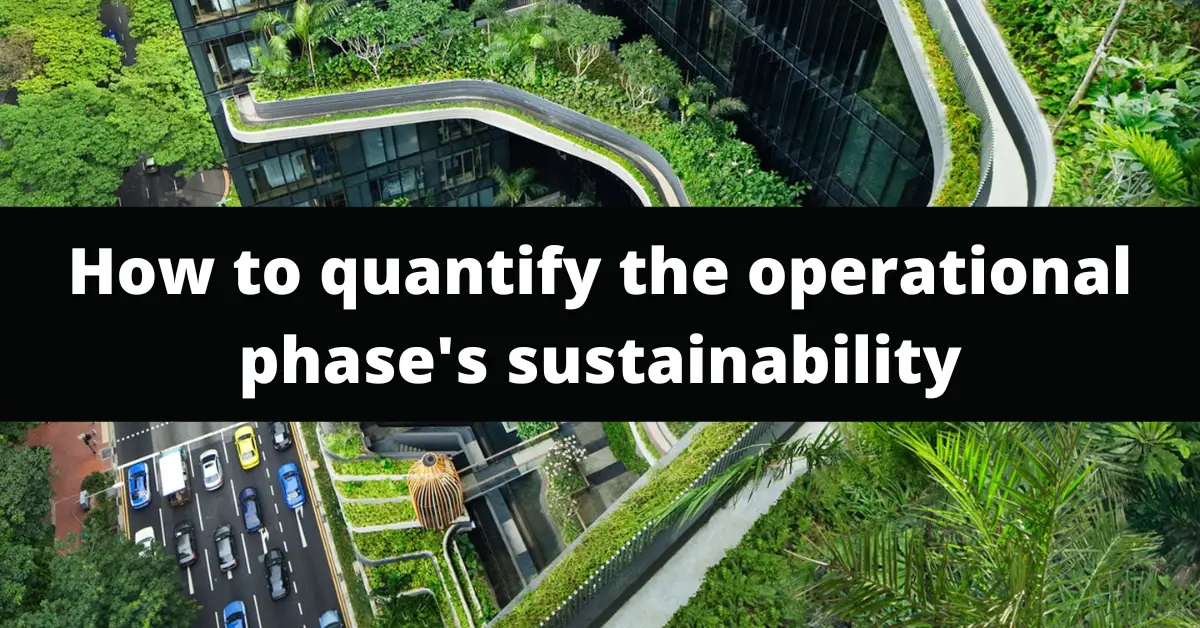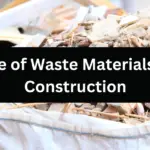“Operational Phase” refers to the period of time that the relevant portion of the permitted development is in operation following the completion of construction and commissioning, commencing on the date specified in the operational phase notice.
Table of Contents
What makes the operational phase so crucial?
The operational phase is the longest phase in the lifecycle of a building.
The Operational Phase of the Buildings are a major consumer of energy and water and one of the biggest producers of pollution.
In the United States, buildings account for:
- 36% of overall energy consumption and 65% of electricity consumption
- 30% of raw resources usage
- 30% of waste output, approximately 136 million tons each year
- 12% of total potable water consumption
- 49% of total sulfur dioxide emissions
- 25% of total nitrous oxide emissions
- 10% of total particulate emissions
- 35% of all carbon dioxide emissions
Advanced features of a Sustainable Building during operation
- Improved indoor air quality
- Usage of green materials
- Proper mechanical systems
- Efficient lighting
- Efficient water use
- Less discharge (waste water etc.)

- These features can be achieved through best building form and solar and energy-efficient design.
The economic benefits of green building designs
- Low energy consumption for heating and cooling.
- Low water usage
- Reduce facility operating costs by lowering utility and garbage disposal costs.
- Reduced ongoing building maintenance expenses.
- Boost employee productivity.
- Increased property values
- Increased building net income
- New opportunities for economic development
Advantages of Sustainable Construction
- Sustainable construction makes efficient use of all natural resources and reduces energy use by up to 50%.
- It improves occupant health, comfort, productivity, and landfill waste in ways that are difficult to quantify.
- A sustainable building may be more expensive in the beginning, but it saves money in the long term due to decreased operating costs.
- With the help of the integrated system approach, buildings are planned as a single system rather than a collection of stand-alone systems.
Life Cycle Thinking
Life cycle thinking is a decision-making tool that assists in making informed decisions by considering a product’s entire life cycle.
Life Cycle Assessment
Building Life Cycle Assessment (LCA) is a scientific methodology to quantify the sustainability of a building.
LCA enables a quantitative assessment of the environmental effect of a product or service. An LCA examines a product’s whole life cycle, from raw material extraction (cradle) to product disposal (grave). It considers all energy, materials, and emissions associated with the manufacture, usage, and disposal of a product.

Benefits of Life Cycle Assessment
- Make the supply chain more sustainable.
- Evaluates the environmental performance of products.
- Standardize your products.
- Include a life cycle thinking approach when developing products.
- Suppliers are selected consciously.
- A sustainable path is set for products.
- Determine the carbon, water, and energy footprint.
What can you quantify through LCA?
Environmental impacts can be quantified through Life Cycle Assessment.
How can a product or process have environmental impacts?
Because of energy consumption (fossil fuel combustion) and waste discharge (soil, water, air).
What are the top 5 environmental concerns in the world?
1. Biodiversity
Biodiversity is under threat as a result of rising global temperatures, pollution, and deforestation.
2. Water
With oil spills, an abundance of plastic garbage, and harmful chemicals entering our waterways, we are endangering our planet’s most important resource.
3. Deforestation
Our woods are disappearing at an alarming rate due to natural wildfires, illicit logging, and the massive amount of timber extracted for commercial use. In addition to lowering our supply of oxygen, deforestation contributes to around 15% of our greenhouse gas emissions.
4. Pollution
Pollution is a major contributor to many other environmental issues, including climate change and biodiversity.
5. Climate change
Greenhouse gases are the primary cause of climate change because they trap the sun’s heat and warm the earth’s surface. The sea life and ecosystems that live there are being affected by rising ocean temperatures. Global sea level rise is eroding our land, triggering massive floods and extreme weather events all across the planet.

Why do we need to quantify environmental impacts?
For determining and forecasting the impact of a project on the bio-geophysical environment as well as human health and well-being; interpreting and communicating impact information
To evaluate site and process options and recommend solutions to eliminate or reduce risks
To combat climate change, quantify emissions and their effects.
To ensure that the structures we construct do not endanger the planet.
It also enables green building specialists to construct and quantify more sustainable buildings.
To provide healthy and inexpensive living—one of our long-term development goals.
Challenges in sustainable construction
The majority of materials used are non-renewable.
The greater percentage of energy comes from nonrenewable sources.
The emission of pollutants into the atmosphere, water, and soil at all four stages of the life cycle.
The advantages of conducting a building LCA
Direct benefits
- Resource utilization that is effective
- Optimized building designs:
- Buildings’ negative environmental impacts are minimized.
- Credits for building certification
- This provision provides for the quantification of contributions determined at the national level.
Indirect benefits
- The establishment of healthy surroundings
- Process Control
- Community Assistance











